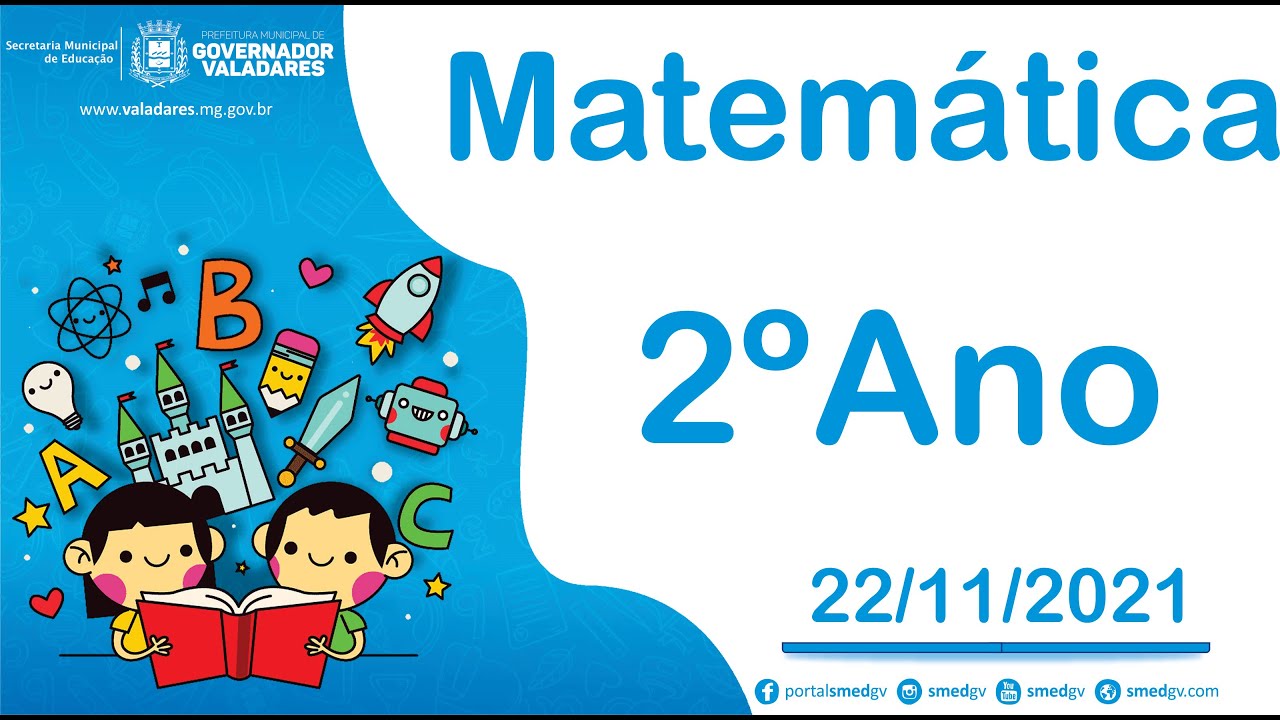ADIÇÃO, SUBTRAÇÃO, MULTIPLICAÇÃO e DIVISÃO | MONÔMIOS
Summary
TLDRThis educational video focuses on understanding and solving monomial operations such as addition, subtraction, multiplication, and division. It explains key concepts like combining like terms, using the distributive property, and applying exponent rules when multiplying or dividing monomials. The video includes step-by-step examples to help viewers grasp each concept, with a focus on simplifying expressions and solving problems efficiently. The instructor emphasizes important mathematical principles such as the distributive property, the use of exponents, and how to handle fractions and polynomials in algebraic equations.
Takeaways
- 😀 Monomials can only be added or subtracted if they have the same literal part (e.g., 6x with -4x, or 3y with -y).
- 😀 When adding or subtracting monomials, you only combine the coefficients of similar monomials and keep the literal part unchanged.
- 😀 For example, 6x + (-4x) becomes 2x, and 3y + (-1y) becomes 2y.
- 😀 In multiplication of monomials, repeat the base and add the exponents if they are the same base (e.g., x^2 * x^3 = x^5).
- 😀 Multiplying numbers with monomials involves multiplying the coefficients and applying exponent rules to the literal parts (e.g., 3x^2 * 5x^3 = 15x^5).
- 😀 The distributive property is used in monomial multiplication, where each term in one monomial multiplies every term in the other (e.g., 8x + 8y * -2x + 2y).
- 😀 The Least Common Multiple (LCM) is used to simplify fractions when performing addition or subtraction of rational expressions with different denominators.
- 😀 In the case of division of monomials, you repeat the base and subtract the exponents (e.g., x^5 / x^3 = x^2).
- 😀 To simplify a fraction, you divide the numerators and denominators separately, then combine the results (e.g., 3/2 * 7/5 = 14/10).
- 😀 The perimeter of a rectangle is calculated by adding the lengths of all sides (2 * length + 2 * width), and the area is the product of length and width.
- 😀 Understanding how to manipulate monomials (addition, subtraction, multiplication, and division) is essential for solving algebraic expressions and equations.
Q & A
What is the first concept introduced in the script?
-The first concept introduced is the addition and subtraction of monomials. The explanation starts with the importance of ensuring the monomials are similar, meaning they must have the same literal part.
What does it mean for monomials to be 'similar'?
-Monomials are considered similar when they have the same literal part, which refers to the variables with the same exponents. For example, '6x' and '-4x' are similar, but '6x' and '3y' are not because they have different variables.
How do you add or subtract similar monomials?
-To add or subtract similar monomials, you combine their coefficients (numerical values) while keeping the same literal part. For instance, '6x - 4x' results in '2x', and '3y - y' results in '2y'.
What is a practical tip for identifying similar monomials in an exam?
-A helpful tip is to circle the monomials with the same literal part and underline them to visually identify which ones can be combined.
What is the next operation explained after addition and subtraction of monomials?
-The next operation explained is the multiplication of monomials. The script demonstrates the distributive property to multiply monomials, where you multiply the coefficients and add the exponents for variables with the same base.
How do you multiply monomials with the same base?
-When multiplying monomials with the same base, you multiply the coefficients and add the exponents of the variables. For example, '3x² * 5x³' becomes '15x⁵'.
What is the rule for division of monomials with the same base?
-For division of monomials with the same base, you keep the base and subtract the exponents. For example, 'x⁵ ÷ x³' becomes 'x²'.
What is the method for simplifying fractions with monomials?
-To simplify fractions with monomials, you divide the coefficients and subtract the exponents of the same base in the numerator and denominator.
What is the concept of least common multiple (LCM) mentioned in the script?
-The least common multiple (LCM) is used to find a common denominator when adding or subtracting fractions with monomials. The script shows how to find the LCM of the denominators (e.g., 3, 2, and 5) by multiplying the prime factors together.
What is the final topic covered in the script?
-The final topic covered is the perimeter and area of a rectangle, where the perimeter is calculated by adding all sides, and the area is calculated by multiplying the base and height.
Outlines

This section is available to paid users only. Please upgrade to access this part.
Upgrade NowMindmap

This section is available to paid users only. Please upgrade to access this part.
Upgrade NowKeywords

This section is available to paid users only. Please upgrade to access this part.
Upgrade NowHighlights

This section is available to paid users only. Please upgrade to access this part.
Upgrade NowTranscripts

This section is available to paid users only. Please upgrade to access this part.
Upgrade NowBrowse More Related Video

ATURAN DASAR OPERASI MATEMATIKA

Order of Operations

OPERAÇÕES: ADIÇÃO, SUBTRAÇÃO, MULTIPLICAÇÃO E DIVISÃO | MATEMÁTICA BÁSICA #2 | Prof. Diego Viug

BAB 2 Bilangan Bentuk Pecahan | Matematika Dasar | Alternatifa

Cara Mengenalkan Konsep Perkalian dan Pembagian kepada siswa MI/SD

As Quatro Operações Básicas da Matemática - Matemática 2º Ano - 22/11/2021
5.0 / 5 (0 votes)